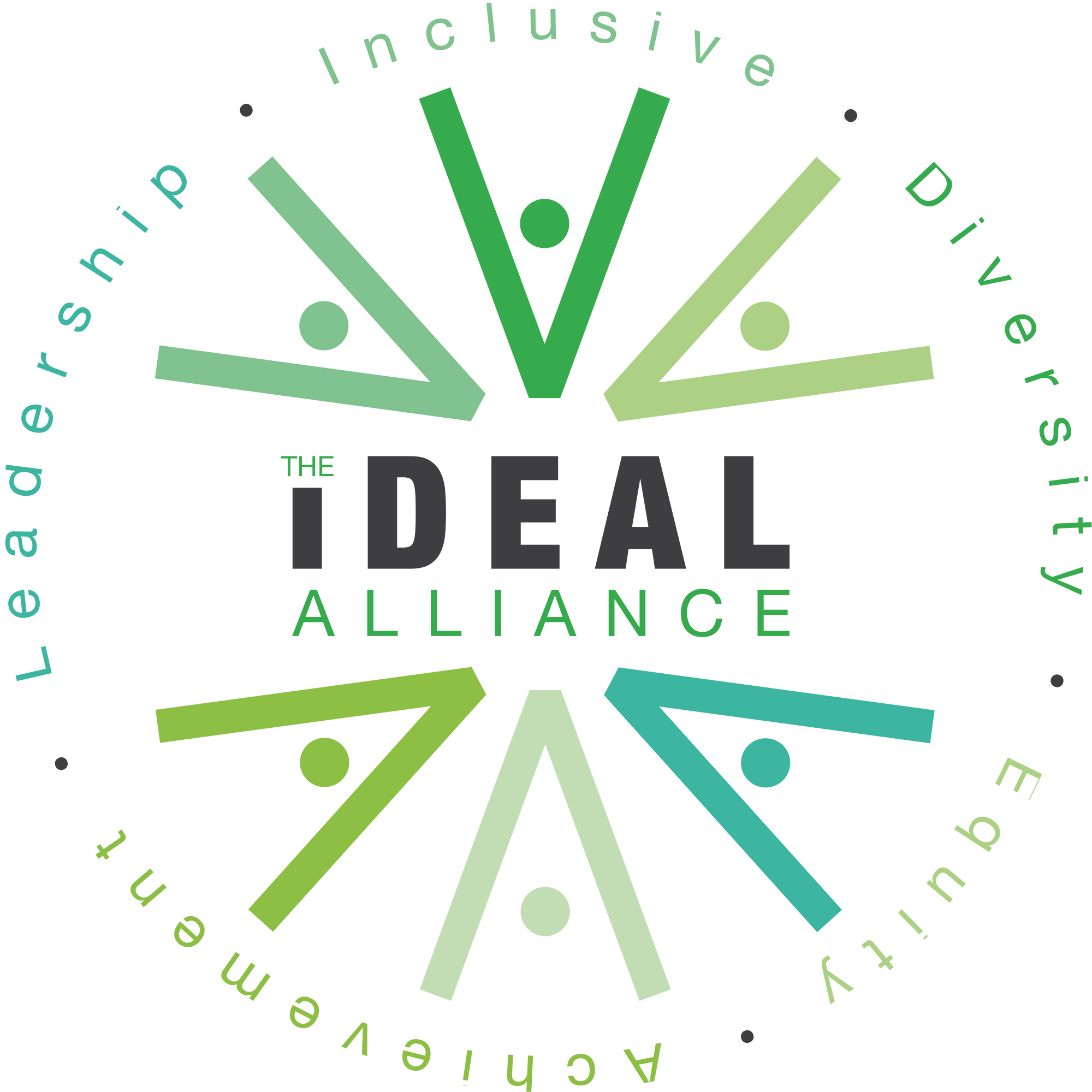Prime Areas of Learning
Communication and Language
How do we develop children's speech, language and communication?
Children begin to learn to communicate from the day they are born. Within their first few years they will begin to talk. Many do so without much effort at all. However some children will take much longer and appear to be slow to start speaking compared to others around them. Some of these children will catch up but some appear to have more difficulty. Some children may have short term difficulties that can be addressed through effective early intervention; others may have more persistent difficulties that require more on-going support.
We know that communication provides a foundation for children’s development. Early language development is an important factor in the development of children’s literacy and as such a key part of their educational success. At PNSF we are working on a project to develop children's speech, language and communication called SSLiC (Supporting Spoken Language in the Classroom). This is a pilot project led by Bristol University and we have developed the following areas:
- Leadership of speech, language and communication
- Professional development for staff
- Resources for children
- Our environment
- Training for parents

Physical Development
How do we develop physical development at PNSF?
Physical development is split into three areas:
Core strength and co-ordination
Core strength is children’s ability to keep their position and move from the centre of their body outwards. If core strength is underdeveloped, children will struggle with gross motor skills and fine motor skills, stability and balance. This will affect their ability to coordinate more refined movements.
Coordination is the brain’s ability to control movement of different body parts at the same time. When babies are born, their most developed body part is their head, and the least developed is their feet. It takes 2 months before an infant recognises their hands as their own.
To be confident with movement children must develop both core strength and coordination.
Developing core strength and co-ordination supports children’s ability to communicate, learn language and eventually read and write. Whole body movements contribute to the accurate use of small tools and delicate materials. Writing, drawing and painting should be considered as whole-body skills.
Gross motor skills:
Gross motor skills are the skills that children develop using their whole body. You can see this from a baby’s earliest efforts to move and travel, to young children coordinating whole body movements. By using their whole bodies children become increasingly confident, agile and flexible.
All children need to be confident in their gross motor skills and movements. For some children this confidence will come in smaller steps and take longer to achieve. Be patient, giving them time and space, and encouraging words. Take expert advice for children with physical and mobility additional needs. This may increase childrens’ development of muscular strength, ability to take well intentioned, safe risks and become increasingly well-coordinated.
Gross motor skills affect wellbeing and give children opportunities to socialise in play. Confidence and coordination in gross motor skills are essential for children in developing their fine motor skills.
Fine motor skills:
Fine motor skills involve small muscles working with the brain and nervous system to control movements in areas such as the hands, fingers, lips, tongue and eyes. Developing fine motor skills helps children do things like eating, writing, manipulating objects and getting dressed.
A baby uses their fingers and thumbs to pick things up. They will also feel and taste objects with their mouth and lips. An older child will use their fine motor skills for actions like pulling up a zip or using scissors to cut up paper. These important skills will contribute to a child’s development and independence across all areas of learning.

Personal, Social and Emotional Development
How do we develop PSED in PNSF?
PSED is one of the three prime areas within the Early Years Foundation Stage (EYFS). Each prime area is divided into early learning goals, for PSED these are:
- Self-Regulation - Show an understanding of their own feelings and those of others, and begin to regulate their behaviour accordingly; - Set and work towards simple goals, being able to wait for what they want and control their immediate impulses when appropriate; Give focused attention to what the teacher says, responding appropriately even when engaged in activity, and show an ability to follow instructions involving several ideas or actions.
- Managing Self - Be confident to try new activities and show independence, resilience and perseverance in the face of challenge; Explain the reasons for rules, know right from wrong and try to behave accordingly; Manage their own basic hygiene and personal needs, including dressing, going to the toilet and understanding the importance of healthy food choices.
- Building Relationships - Work and play cooperatively and take turns with others; Form positive attachments to adults and friendships with peers; Show sensitivity to their own and to others' needs.

